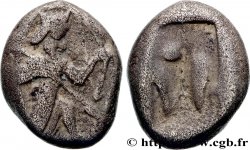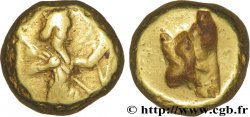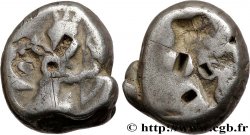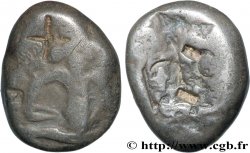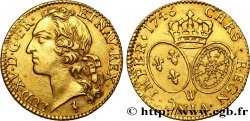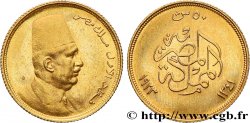- Accueil
- >
- >
Live auction - bgr_514093 - PERSIA - ACHAEMENID KINGDOM Darique d'or
You must signin and be an approved bidder to bid, LOGIN TO BID. Accounts are subject to approval and the approval process takes place within 48 hours. Do not wait until the day a sale closes to register. Clicking on "BID" constitutes acceptance of the terms of use of cgb.fr private live auctions.
Bids must be placed in whole Euro amounts only. The sale will start closing at the time stated on the item description; any bids received at the site after the closing time will not be executed. Transmission times may vary and bids could be rejected if you wait until the last second. For further information check the Live auction FAQ
All winning bids are subject to a 18% buyer’s fee.
All winning bids are subject to a 18% buyer’s fee.
| Estimate : | 3 200 € |
| Price : | 1 900 € |
| Maximum bid : | 1 900 € |
| End of the sale : | 05 March 2019 14:30:19 |
| bidders : | 1 bidder |
Type : Darique d'or
Date: c. 465-425 AC
Mint name / Town : Lydie, Sardes ?
Metal : gold
Millesimal fineness : 970 ‰
Diameter : 17 mm
Weight : 8,34 g.
Rarity : R1
Coments on the condition:
Exemplaire sur un flan oblong irrégulier. Droit bien venu à la frappe. Revers profondément gravé. Jolie patine de collection ancienne
Catalogue references :
Obverse
Obverse legend : ANÉPIGRAPHE.
Obverse description : Archer barbu (Le Grand Roi) à demi agenouillé courant à droite, couronné (cidaris), tenant une lance de la main droite et un arc de la gauche ; un carquois rempli de flèches sur l’épaule ; ligne d’exergue.
Reverse
Reverse description : Carré creux informe.
Commentary
Ce type de darique est souvent usé et a circulé pendant plus d’un siècle. C’est le premier multiple en or frappé en quantité très importante. Au revers, le carré creux pourrait prendre la forme d’un animal (tête de lion à droite, la gueule ouverte, cf. E. Babelon, Perses Achéménides, pl. I, n° 10 pour un sicle). Ce type est souvent attribué à Darius Ier (521-486 avant J.-C.) ou à Xerxès (486-465 avant J.-C.). Pour cet exemplaire, une attribution à Artaxerxès II (465-425 avant J.-C.) est probable.
This type of daric is often worn and circulated for over a century. It is the first gold multiple struck in very large quantities. On the reverse, the hollow square could take the form of an animal (lion's head to the right, mouth open, cf. E. Babelon, Perses Achéménides, pl. I, n° 10 for a shekel). This type is often attributed to Darius I (521-486 BC) or Xerxes (486-465 BC). For this example, an attribution to Artaxerxes II (465-425 BC) is likely
This type of daric is often worn and circulated for over a century. It is the first gold multiple struck in very large quantities. On the reverse, the hollow square could take the form of an animal (lion's head to the right, mouth open, cf. E. Babelon, Perses Achéménides, pl. I, n° 10 for a shekel). This type is often attributed to Darius I (521-486 BC) or Xerxes (486-465 BC). For this example, an attribution to Artaxerxes II (465-425 BC) is likely







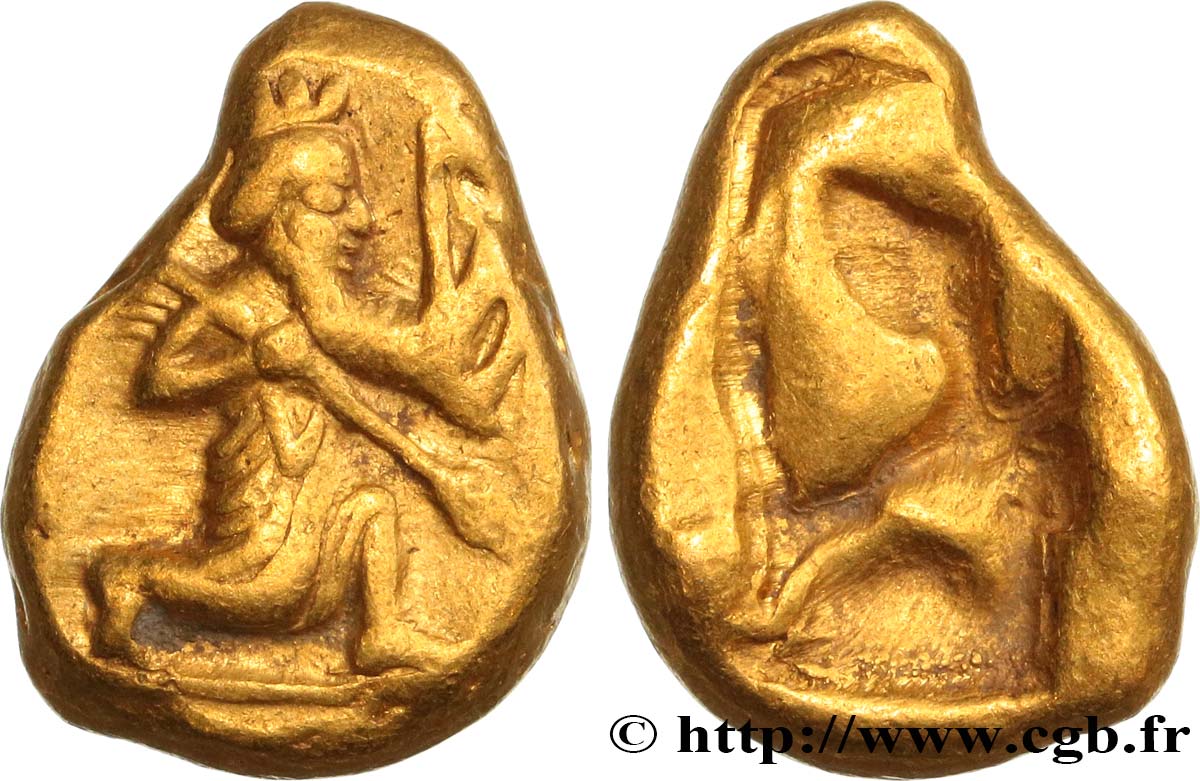
 Report a mistake
Report a mistake Print the page
Print the page Share my selection
Share my selection Ask a question
Ask a question Consign / sell
Consign / sell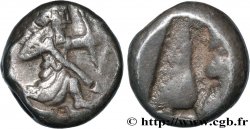
 Full data
Full data